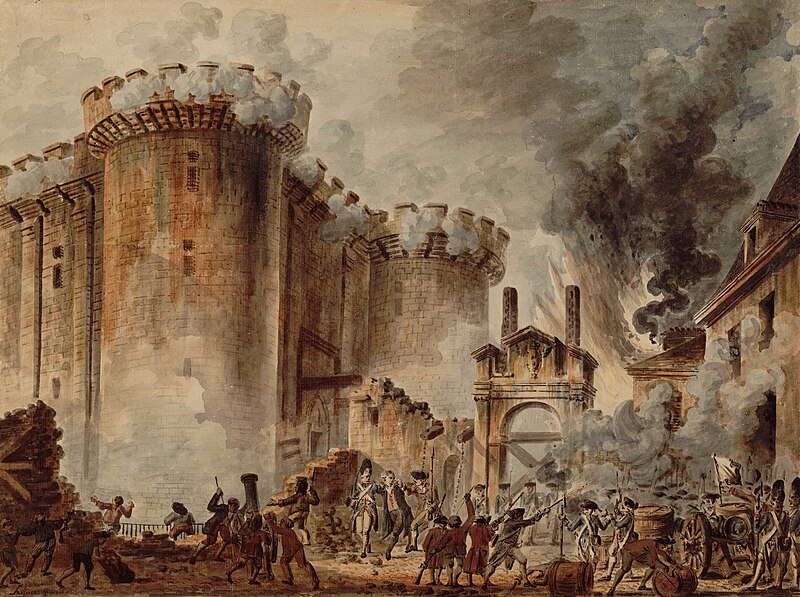Ernest Hemingway, one of the 20th century's most significant American novelists and short story writers, was born on this day in 1899. Most of us likely met Hemingway through his Nobel Prize winning 1952 novel, The Old Man and the Sea. It was required reading for me in high school and I trust that it remains a rite of passage for graduation these days.
 |
| Hemingway, his wife, Pauline, and their sons in Bimini in 1953 |
Over a fourteen year period he published four blockbuster novels: The Sun Also Rises (1926), A Farewell to Arms (1929), To Have And Have Not (1937), and For Whom the Bell Tolls (1940). His body of work includes additional novels, non-fiction, letters, collections of short stories and poems, and one anthology. A private person by nature, his lifestyle and literary themes coupled with fame made him a larger than life and very public personality. In a 2010 paper, Professor Timo Muller (University of Augsburg), writing in the Journal of Modern Literature, noted that Hemingway "has the highest recognition value of all writers world-wide." That value is reflected equally in this quotation taken from the Hemingway entry at Wikipedia:
The extent of Hemingway's influence is seen in the tributes and echoes of his fiction in popular culture. A minor planet, discovered in 1978 by Soviet astronomer Nikolai Chernykh, was named for him (3656 Hemingway); Ray Bradbury wrote The Kilimanjaro Device, with Hemingway transported to the top of Mount Kilimanjaro; the 1993 motion picture Wrestling Ernest Hemingway, about the friendship of two retired men, Irish and Cuban, in a seaside town in Florida, starred Robert Duvall, Richard Harris, Shirley MacLaine, Sandra Bullock, and Piper Laurie. The influence is evident with the many restaurants named "Hemingway"; and the proliferation of bars called "Harry's" (a nod to the bar in Across the River and Into the Trees). A line of Hemingway furniture, promoted by Hemingway's son Jack (Bumby), has pieces such as the "Kilimanjaro" bedside table, and a "Catherine" slip-covered sofa. Montblanc offers a Hemingway fountain pen, and a line of Hemingway safari clothes has been created. The International Imitation Hemingway Competition was created in 1977 to publicly acknowledge his influence and the comically misplaced efforts of lesser authors to imitate his style. Entrants are encouraged to submit one "really good page of really bad Hemingway" and winners are flown to Italy to Harry's Bar.
I've read bits and pieces of Hemingway over the years but nothing cover to cove except for The Old Man and the Sea. Essentially he is a victim of my limited interest in non-fiction; however, the legacy has prompted our family to visit the Earnest Hemingway Home and Museum in Key West, Florida. He and his family lived there from 1931 to 1939. There is something for everyone there including a furnished house, colorful gardens, a fine bookstore, and a clowder of polydactyl - extra-toed - cats descended from a white cat Hemingway received as a gift from a local ship captain. It's a good opportunity to glimpse a private life from another time and a literary legacy that will be with us for a very long time. Enjoy the cats!
Photos and Illustrations:
John F. Kennedy Library
Text:
Title quote, goodreads.com
Quote and content, New York Times, July, 3, 1961
Hemingway entry, wikipedia.com
Hemingway entry, wikipedia.com





















